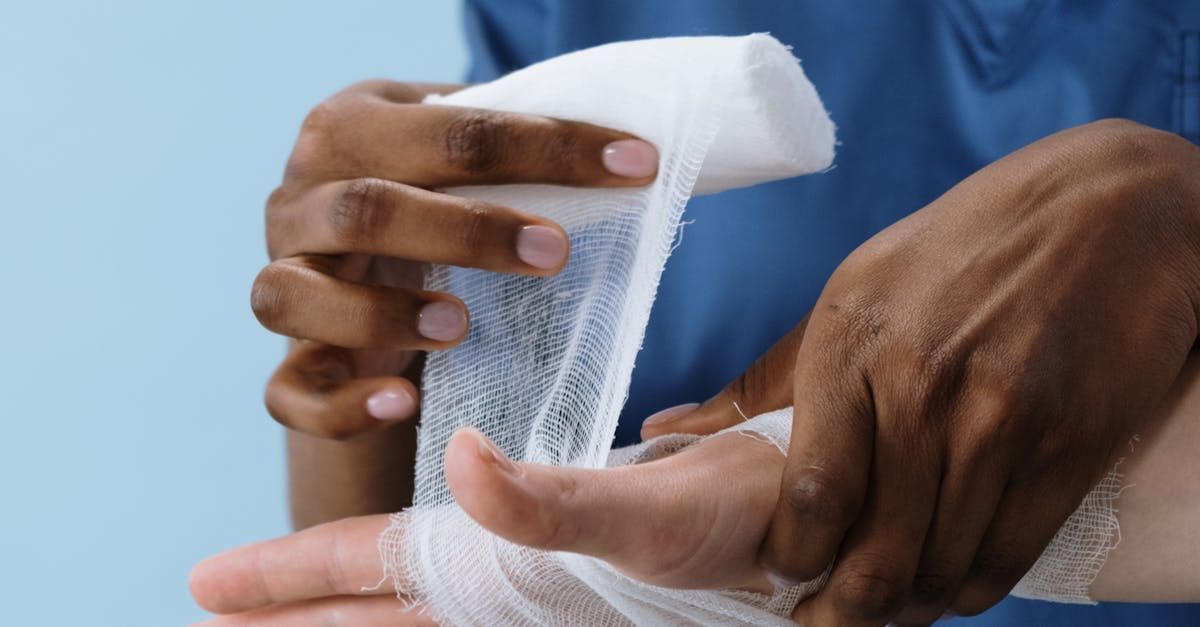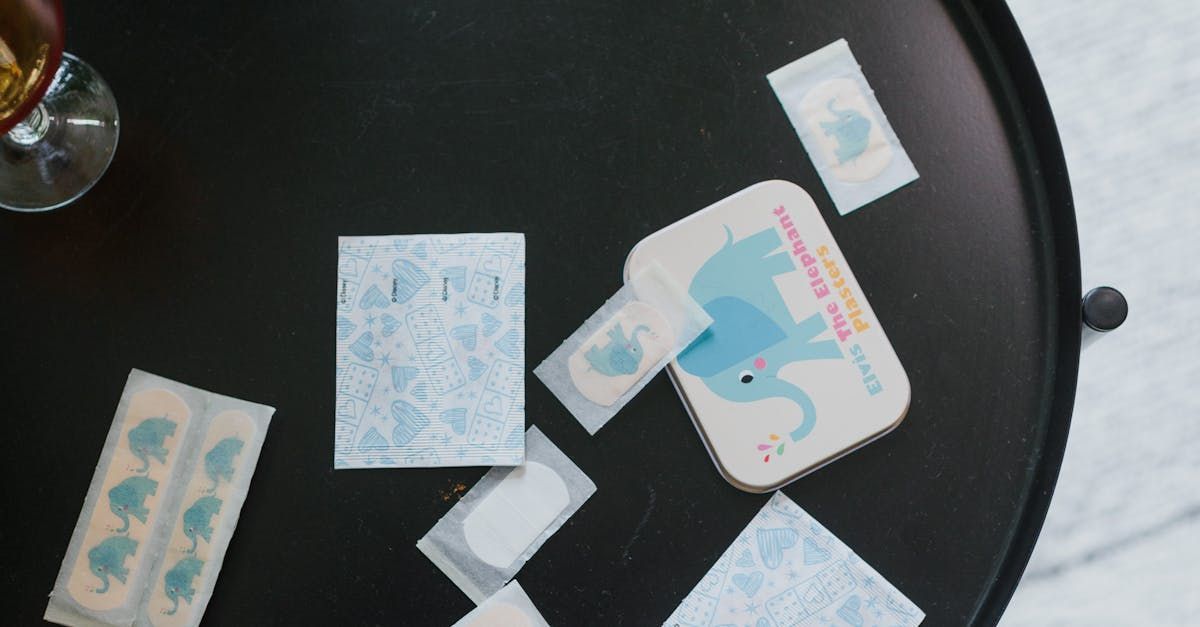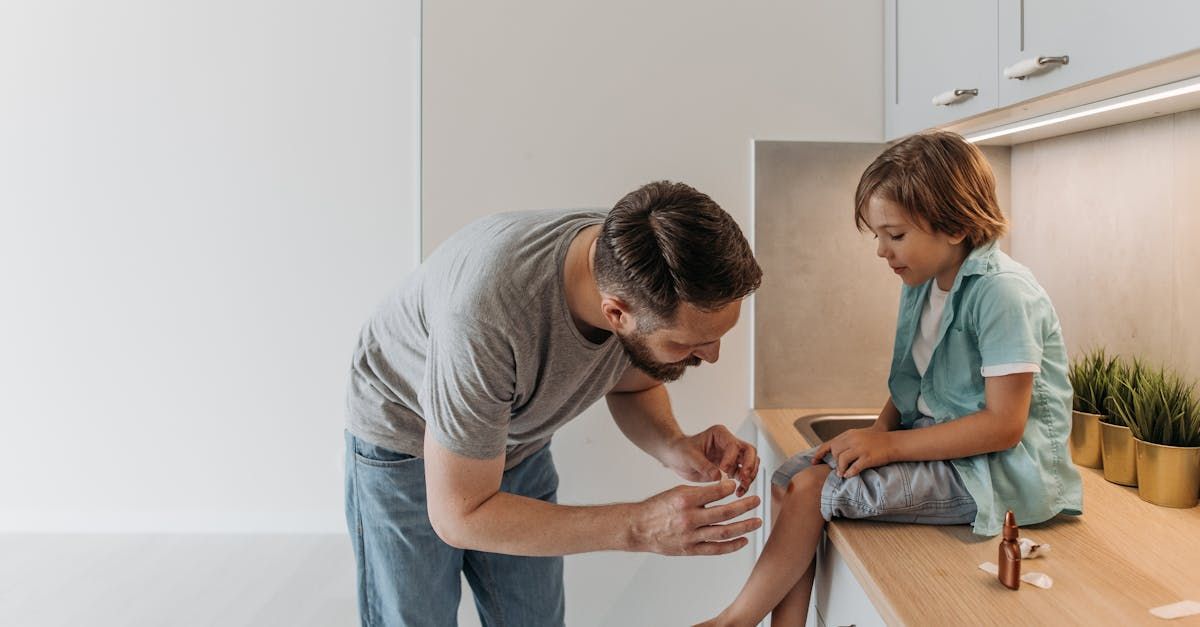7 Foolproof Ways to Keep Your Post-Surgery Wound Dry: A Splash-Free Recovery Guide
You've just had surgery, and the last thing you want is water seeping into your wound. Whether it's a shower, swim, or unexpected rain shower, keeping your post-surgical site dry is crucial for proper healing.
But how do you waterproof a wound without turning yourself into a human burrito? Fear not! This guide will walk you through seven effective methods to keep your incision high and dry, ensuring a smooth recovery without any unwanted splashes.
How to Waterproof a Post-Surgical Wound
1. The Plastic Wrap Wrap-Around
Remember that leftover plastic wrap from your last kitchen adventure? It's about to become your new best friend. Here's how to use it:
- Clean and dry the area around your wound
- Cut a piece of plastic wrap large enough to cover the bandage and surrounding skin
- Carefully apply the wrap, smoothing out any air bubbles
- Secure the edges with waterproof medical tape
- Pro tip: Don't wrap it too tight! You want to keep water out, not cut off your circulation.
2. Waterproof Bandages: Your First Line of Defense

Invest in some high-quality waterproof bandages. These bad boys are designed to keep moisture out while letting your skin breathe. Look for brands that offer:
- Flexible material that moves with your body
- Strong adhesive that won't peel off in water
- Various sizes to fit different wound types
Apply these bandages according to the package instructions, making sure to cover the entire wound area and a bit of the surrounding skin.
3. The Double-Bag Technique
For extra protection, try this double-bagging method:
- Cover the wound with a waterproof bandage
- Place a small plastic bag over the bandaged area
- Secure the bag with waterproof tape
- Add a larger plastic bag over the first one
- Tape the edges of the outer bag to your skin
It might look a bit silly, but hey, better safe than soggy!
4. Silicone-Based Wound Dressings: The High-Tech Option

These futuristic dressings create a waterproof barrier while promoting healing. They're especially useful for:
- Longer-term wound care
- Sensitive skin that reacts to adhesives
- Areas that require frequent movement
Apply as directed by your healthcare provider, and enjoy the peace of mind that comes with cutting-edge wound protection.
This method is useful when you get a
Brazilian Butt Lift.
5. The Shower Shield: Your Bathing Buddy
Specially designed for shower protection, these reusable covers come in various shapes and sizes. To use:
- Select the appropriate size for your wound area
- Clean and dry the skin around the wound
- Apply the shield, pressing firmly to create a watertight seal
- Shower away, knowing your wound is safe and dry
Remember to remove the shield promptly after showering to let your skin breathe.
6. DIY Waterproof Seal: The MacGyver Method

In a pinch? Create your own waterproof seal with these household items:
- Petroleum jelly
- Non-stick gauze pad
- Plastic wrap
- Waterproof tape
Steps:
- Apply a thin layer of petroleum jelly around (not on) the wound
- Cover with a non-stick gauze pad
- Wrap with plastic wrap
- Secure edges with waterproof tape
- Warning: This method is for short-term use only. Don't leave it on for extended periods, as it can trap moisture and bacteria.
7. Cast Covers: Not Just for Broken Bones

These waterproof sleeves aren't just for casts anymore. They're perfect for:
- Larger wound areas
- Limb surgeries
- Full-body protection when swimming (with doctor's approval)
Simply slip the cover over the affected area, tighten the seal, and voilà! You're ready for aquatic adventures (or just a relaxing bath).
Your Burning Questions Answered
How long do I need to keep my wound dry?
Follow your doctor's instructions, but typically 24-48 hours post-surgery. Some wounds may require longer protection.
Can I swim with a post-surgical wound?
Generally, avoid swimming for at least 2-3 weeks after surgery. Always consult your doctor first.
What if water gets into my wound?
Don't panic! Gently pat the area dry and apply a new, clean dressing. Monitor for signs of infection and contact your doctor if concerned.
How often should I change my wound dressing?
Follow your healthcare provider's instructions. Typically, change dressings daily or when they become wet or soiled.
Are there any waterproofing methods I should avoid?
Steer clear of:
- Household adhesives not designed for skin
- Tight, non-breathable materials that can trap moisture
- Any method your doctor hasn't approved
The Importance of Keeping It Dry
Waterproofing your post-surgical wound isn't just about avoiding discomfort. It's crucial for:
- Preventing Infection: Water can introduce bacteria to your wound, increasing infection risk.
- Promoting Healing: A dry environment helps your body's natural healing processes.
- Reducing Scarring: Proper wound care can minimize visible scarring.
- Avoiding Complications: Wet wounds can lead to delayed healing and other issues.
Conclusion
Armed with these seven foolproof waterproofing methods, you're ready to face any aquatic challenge that comes your way during recovery.
Remember, keeping your post-surgical wound dry isn't just about comfort – it's a crucial step in ensuring proper healing and avoiding complications. So whether you're braving a shower, caught in a downpour, or just trying to wash your hands without turning your bandage into a sponge, you've got the tools to stay dry and heal well.
Don't let water worries dampen your recovery spirits. With a little creativity and the right techniques, you can keep your wound high and dry while getting back to your daily routine.
Just remember to always follow your doctor's specific instructions and never hesitate to reach out if you have concerns. Here's to a splash-free, speedy recovery!
Related Posts
Disclaimer: The content provided in this blog post is for informational purposes only and is not intended as a substitute for professional medical advice, diagnosis, or treatment. Always seek the advice of your physician or other qualified health provider with any questions you may have regarding a medical condition. Never disregard professional medical advice or delay in seeking it because of something you have read on this blog.



